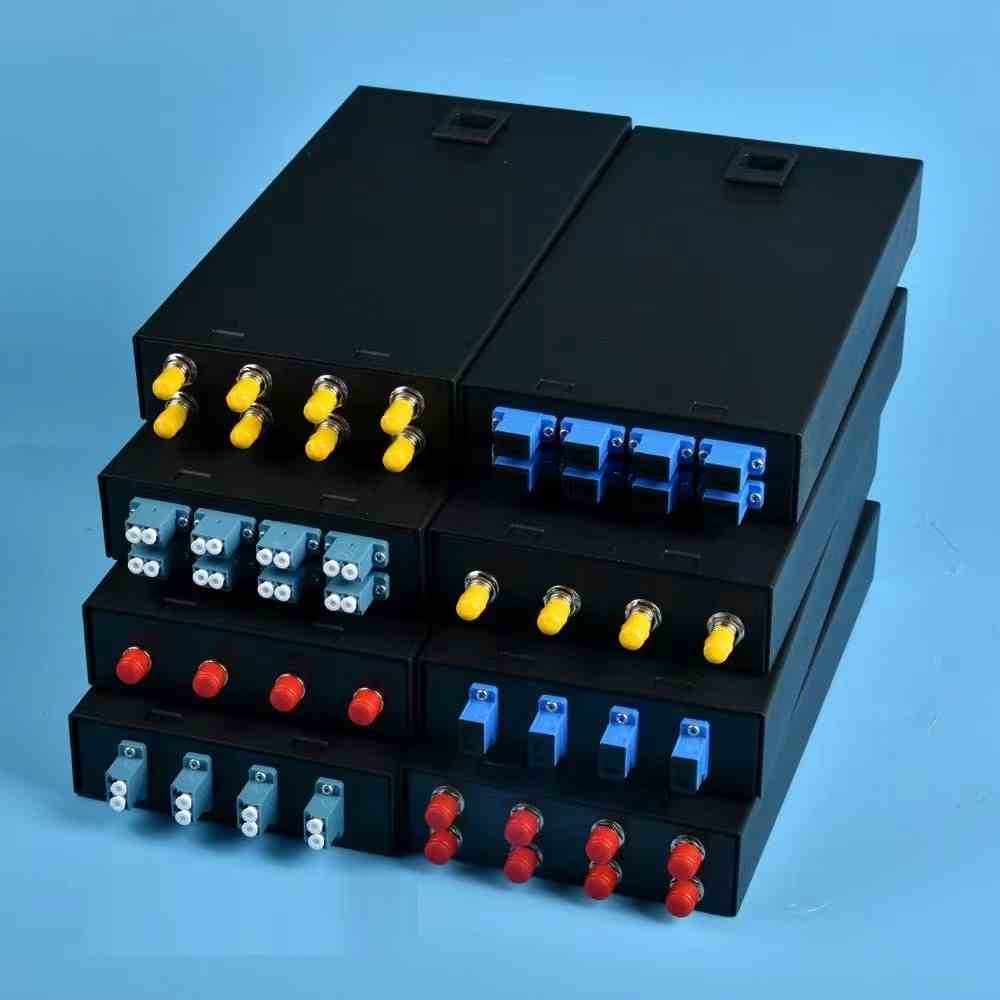Optical Transceiver Indicator Function and Fault Judgment
1. First, check whether the indicator light of the optical fiber transceiver or optical module and the indicator light of the twisted pair port are on?
A. If the indicator light of the optical port (FX-LINK/ACT) of the transceiver is not on, please confirm whether the optical fiber link is the correct cross-link, the optical fiber socket TX-RX; RX-TX.
B. If the indicator light of the optical port (FXFX-LINK/ACT) of the transceiver A is on but the indicator light of the optical port (FXFX-LINK/ACT) of the transceiver B is not on, the fault is on the transceiver side of A: one possibility is: The optical transmission port of transceiver A (TX) is broken, because the optical port (RX) of transceiver B cannot receive optical signals; another possibility is: the optical fiber link of the optical transmission port of transceiver A (TX) has problem (the fiber optic cable or fiber patch cord may be broken).

C. The twisted pair (TXFX-LINK/ACT) indicator light is not on, please confirm whether the twisted pair connection is wrong or the connection is wrong? Please use a continuity tester to test (however, the twisted pair indicator of some transceivers will not light up until the optical fiber link is connected).
D. Some transceivers have two RJ45 ports: (To HUB) indicates that the connection line connecting the switch is a straight-through line; (To Node) indicates that the connection line connecting the switch is a crossover line.
E. There are MPR switches on the side of some transceivers: it means that the connection line connected to the switch is in a straight-through mode; DTE switch: the connection line connected to the switch is in a crossover mode.
2. Are the fiber optic cables and fiber jumpers broken?
A. Optical cable on-off detection: use a laser flashlight, sunlight, or illuminator to illuminate one end of the optical cable connector or coupler; see if there is visible light at the other end? If there is visible light, it means that the optical cable is not broken.
B. On-off detection of optical fiber connection: use a laser flashlight, sunlight, etc. to illuminate one end of the optical fiber jumper; see if there is visible light at the other end? If there is visible light, it means that the optical fiber jumper is not broken.
3. Is the half/full duplex mode wrong?
Some transceivers have FDX switches on the side: full duplex; HDX switches: half duplex.
4. Detect with an optical power meter
The luminous power of the fiber optic transceiver or optical module under normal conditions:
Multimode 2Km: between -10db-18db;
Single mode 20 kilometers: between -8db and 15db;
Single mode 60 kilometers: between -5db and 12db;
If the luminous power of the optical fiber transceiver is between: -30db-45db, then it can be judged that there is a problem with the transceiver.

